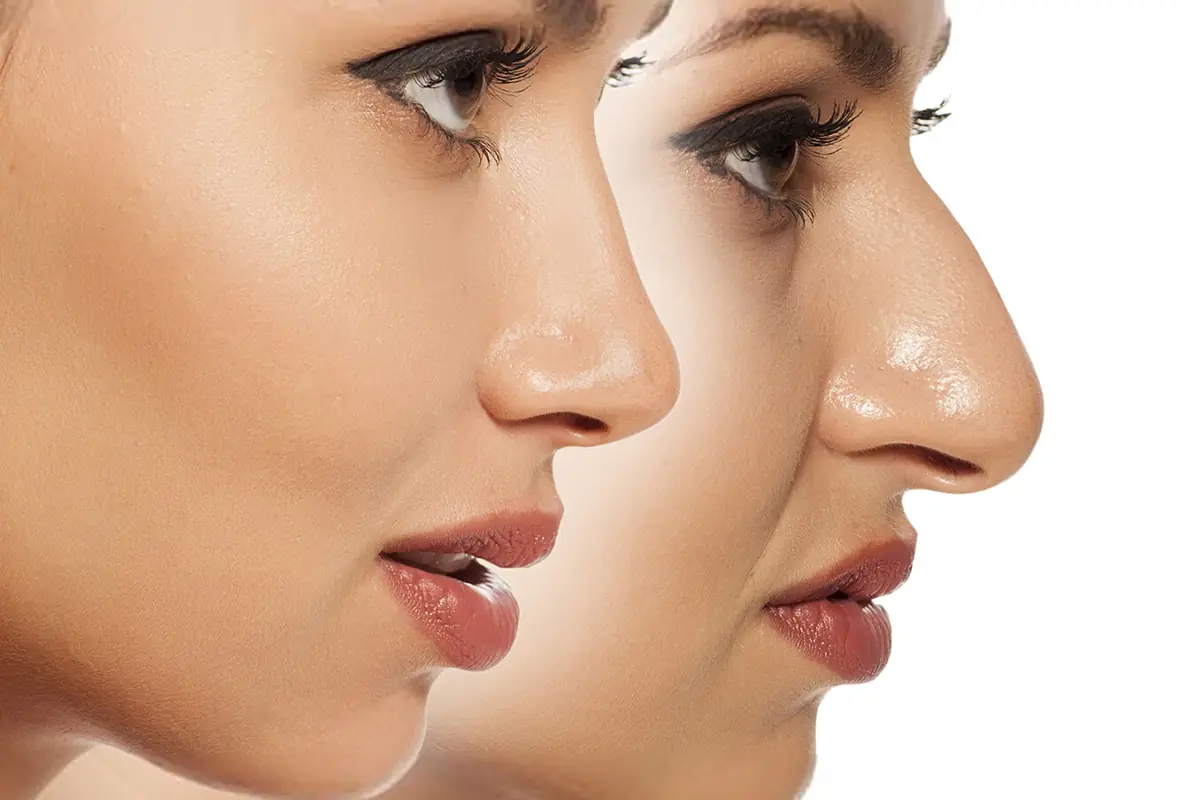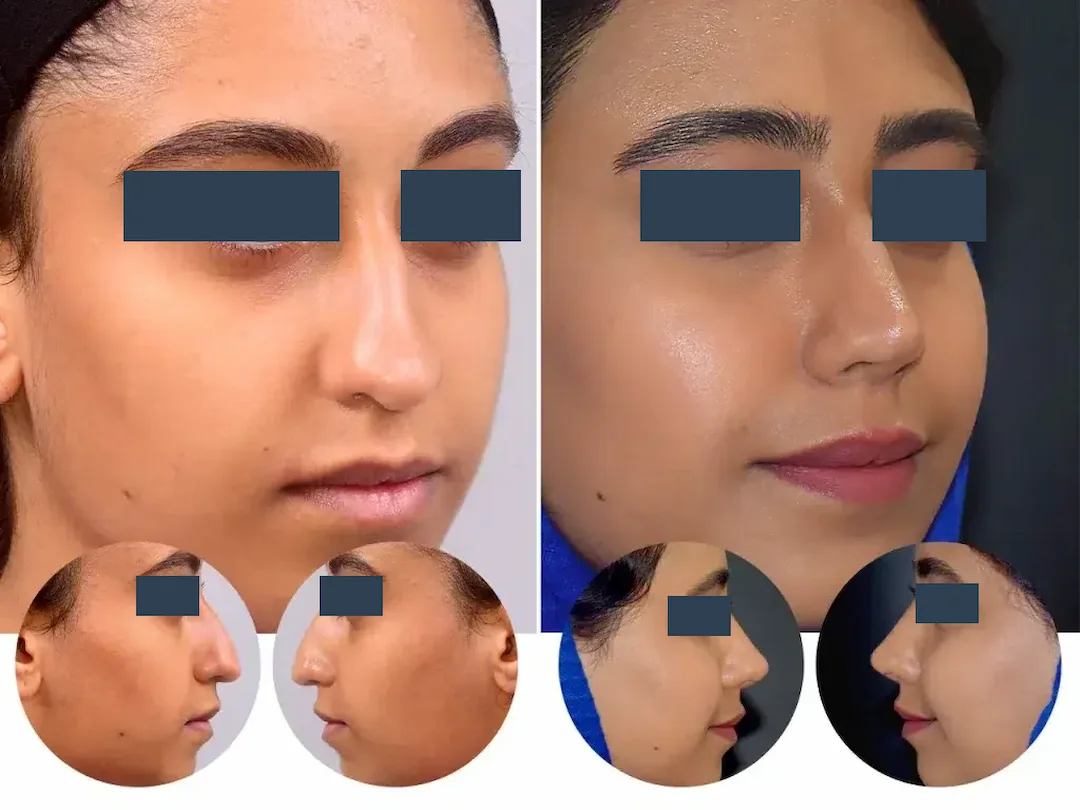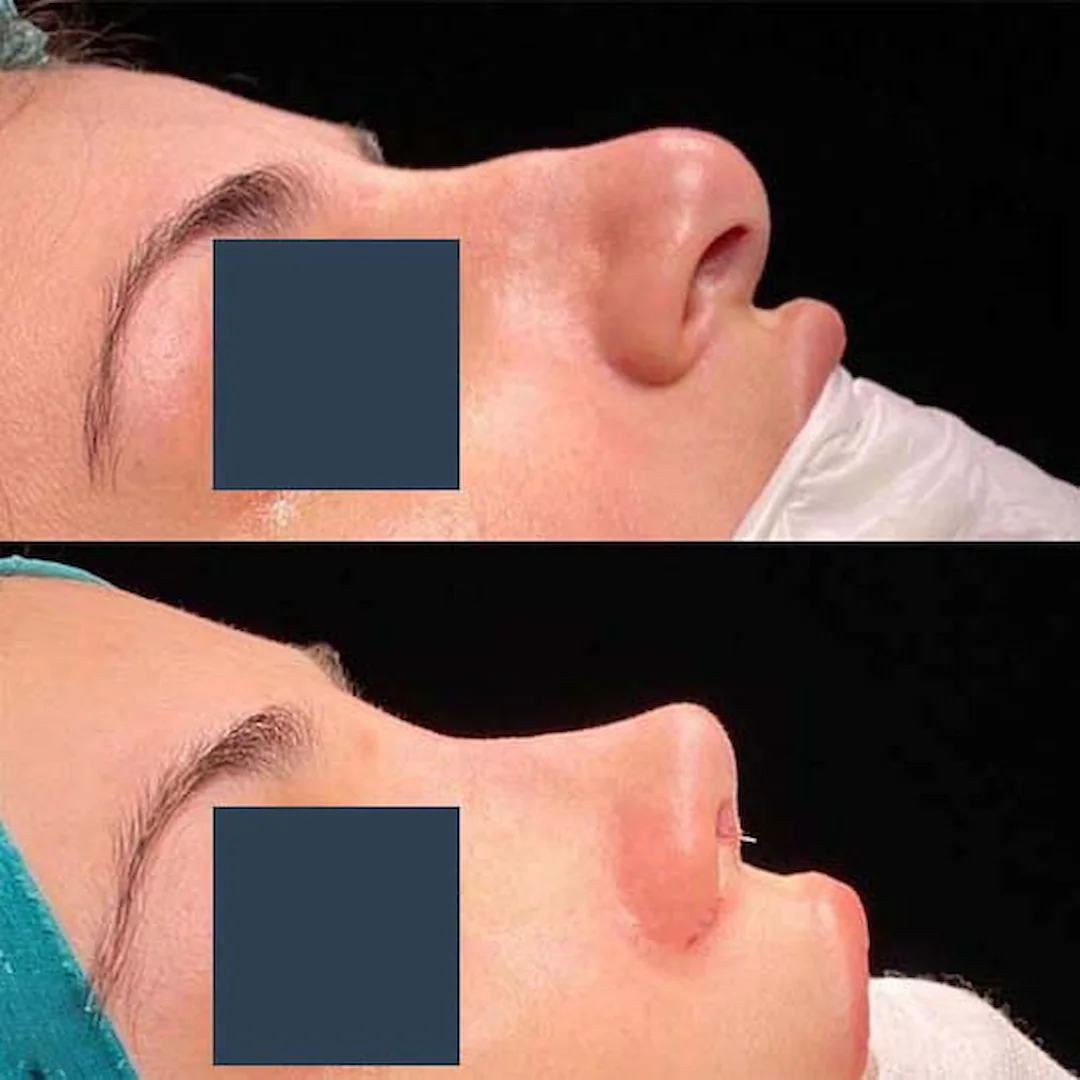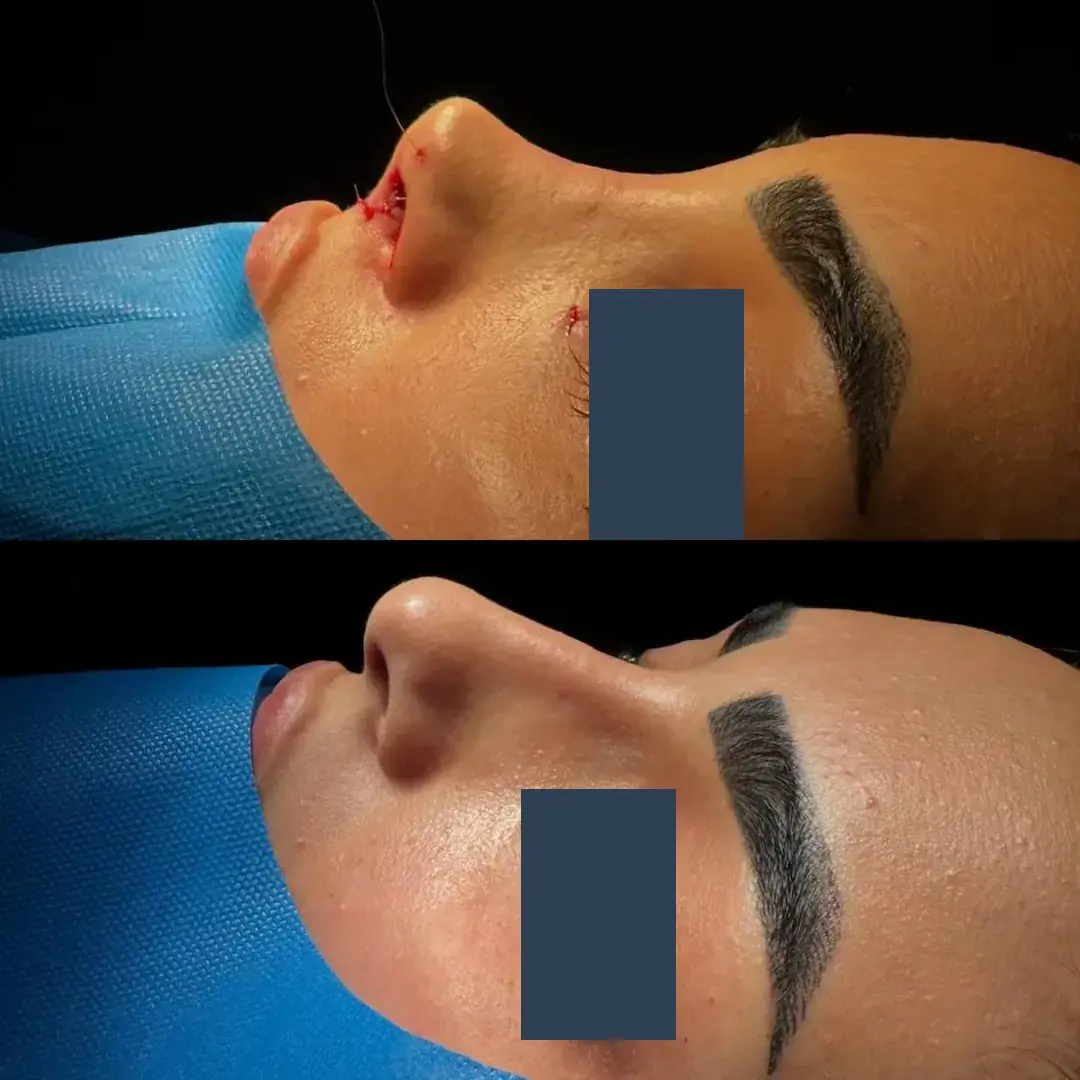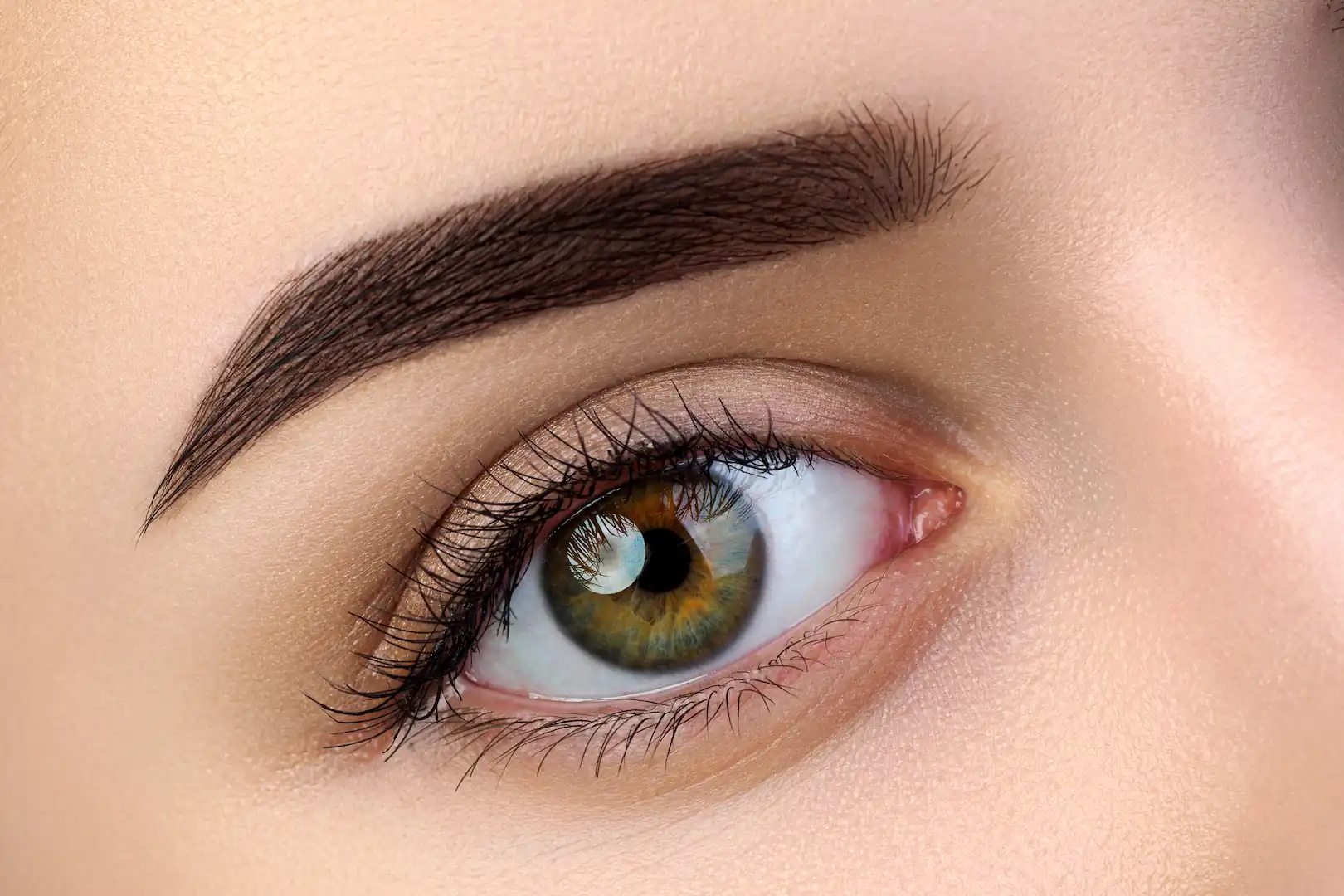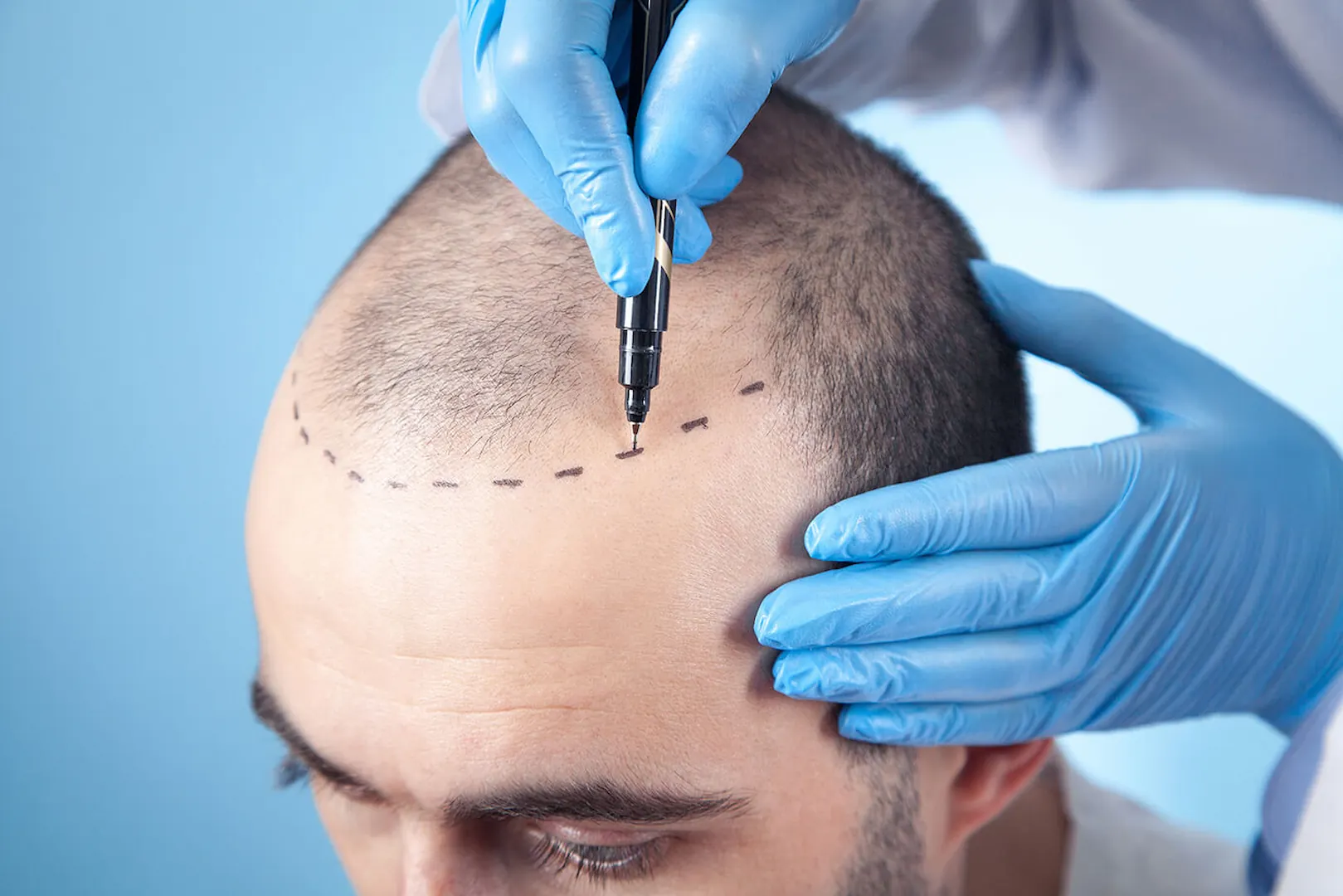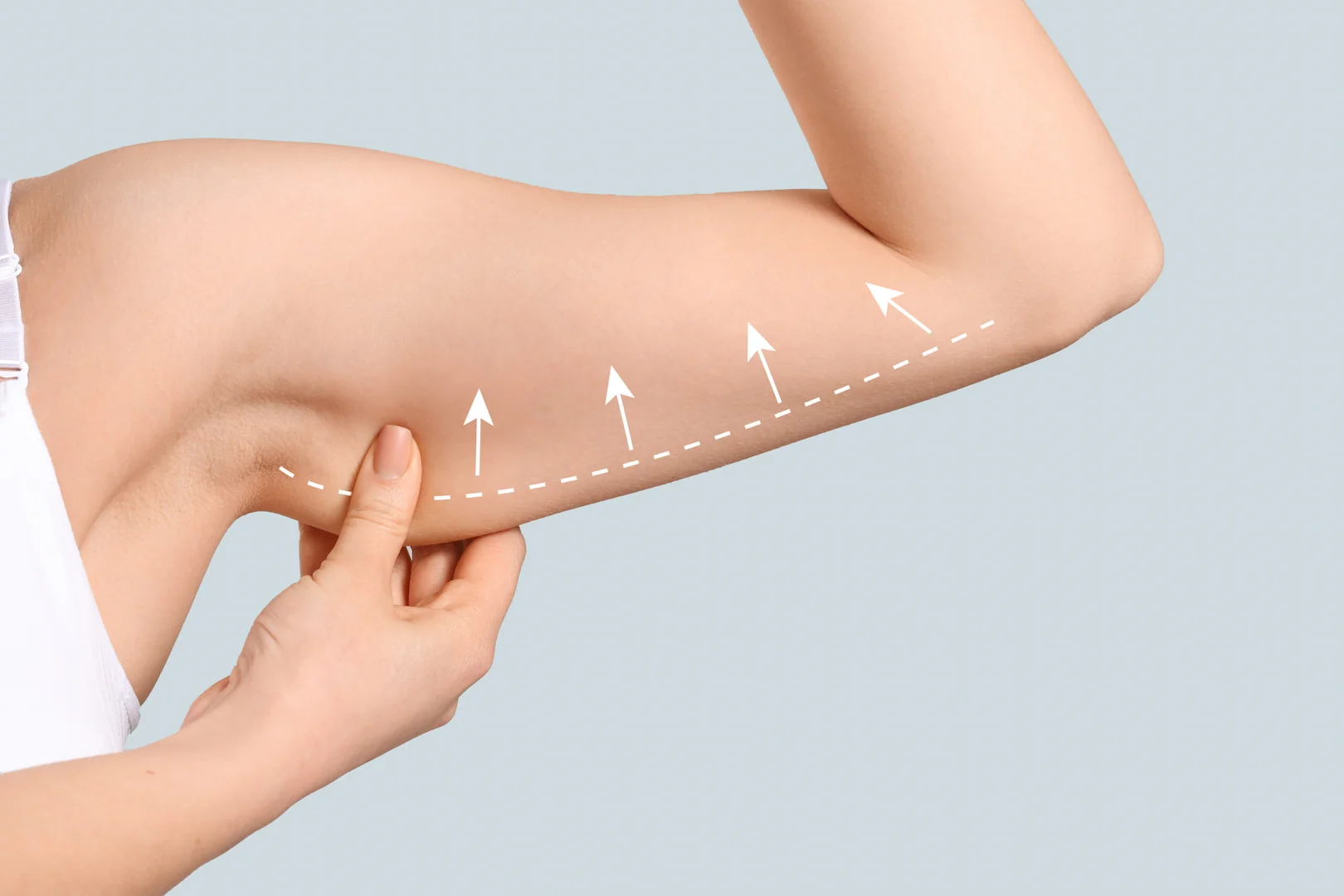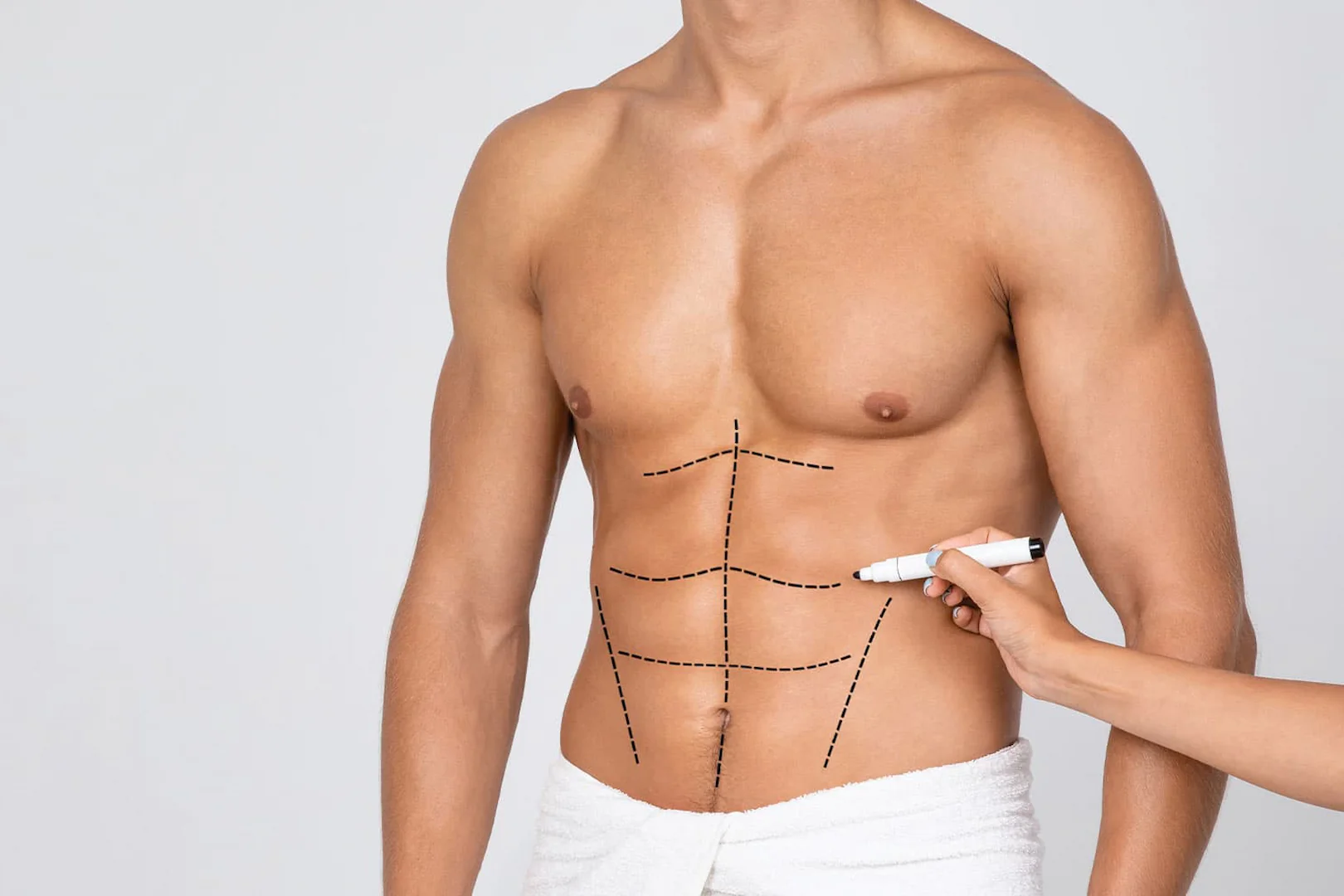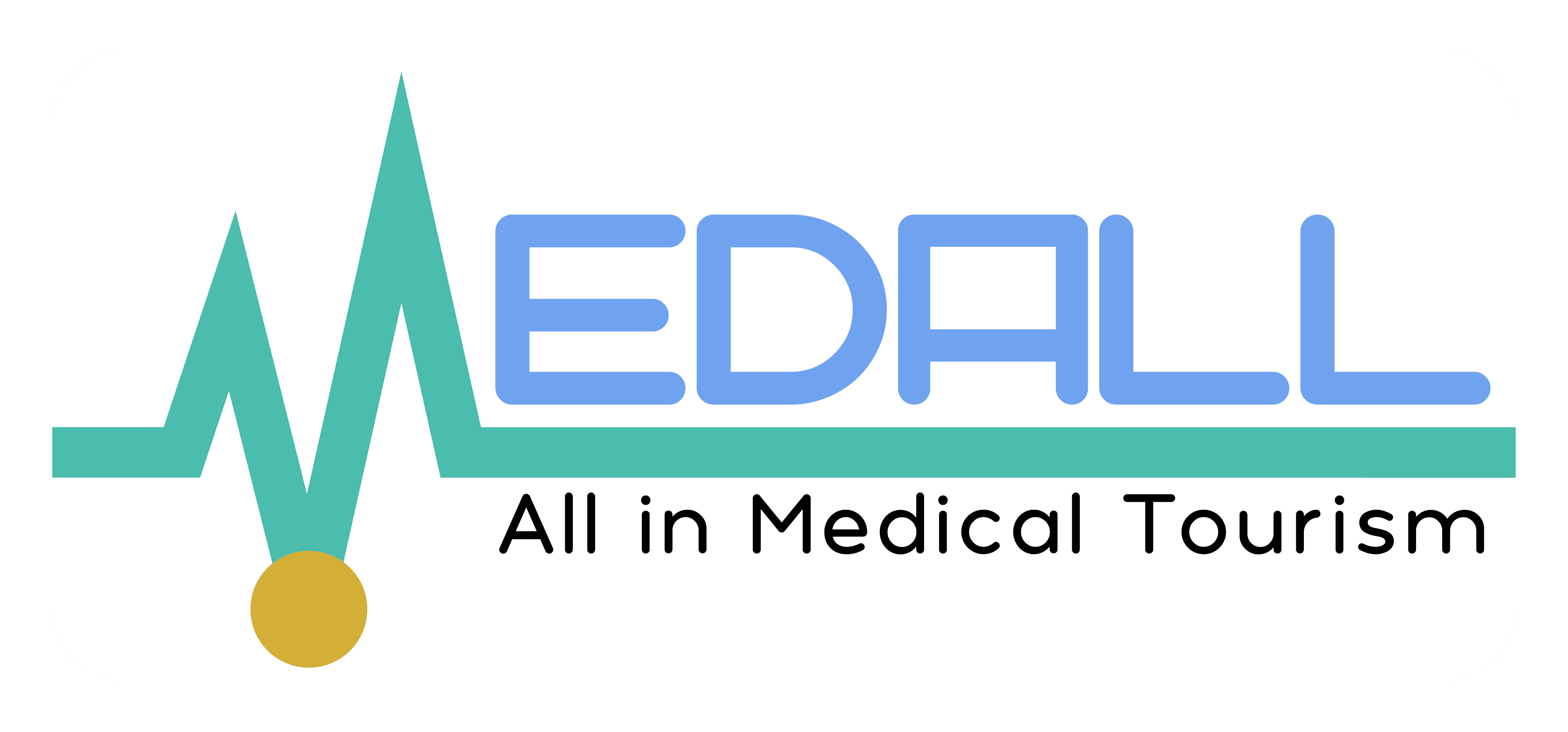Surgical Time
1-3 hours
Anesthesia
General
Recovery
1-2 weeks initially
Hospital Stay
Outpatient or 1 night
Total Stay
7-10 days
Back to Work
1-2 weeks
Nose & Nasal Passage Surgery in Iran:
Harmonizing Form and Function
The nose, centrally positioned on the face, plays a pivotal role in both facial aesthetics and vital respiratory function. For many, a nose that feels out of balance with other features or causes breathing difficulties can significantly impact self-confidence and quality of life. In Iran, nose and nasal passage surgery has transcended mere medical procedure to become a specialized art form, renowned globally for its precision and transformative results. Iranian surgeons, deeply steeped in the nuances of facial harmony, are sought after by individuals worldwide seeking to refine their nasal appearance or resolve functional issues. This comprehensive article delves into the various types of nose and nasal passage surgeries available in Iran, exploring their aesthetic and functional goals, the detailed steps involved, and the compassionate care patients can expect throughout their journey to a more balanced and comfortable life.
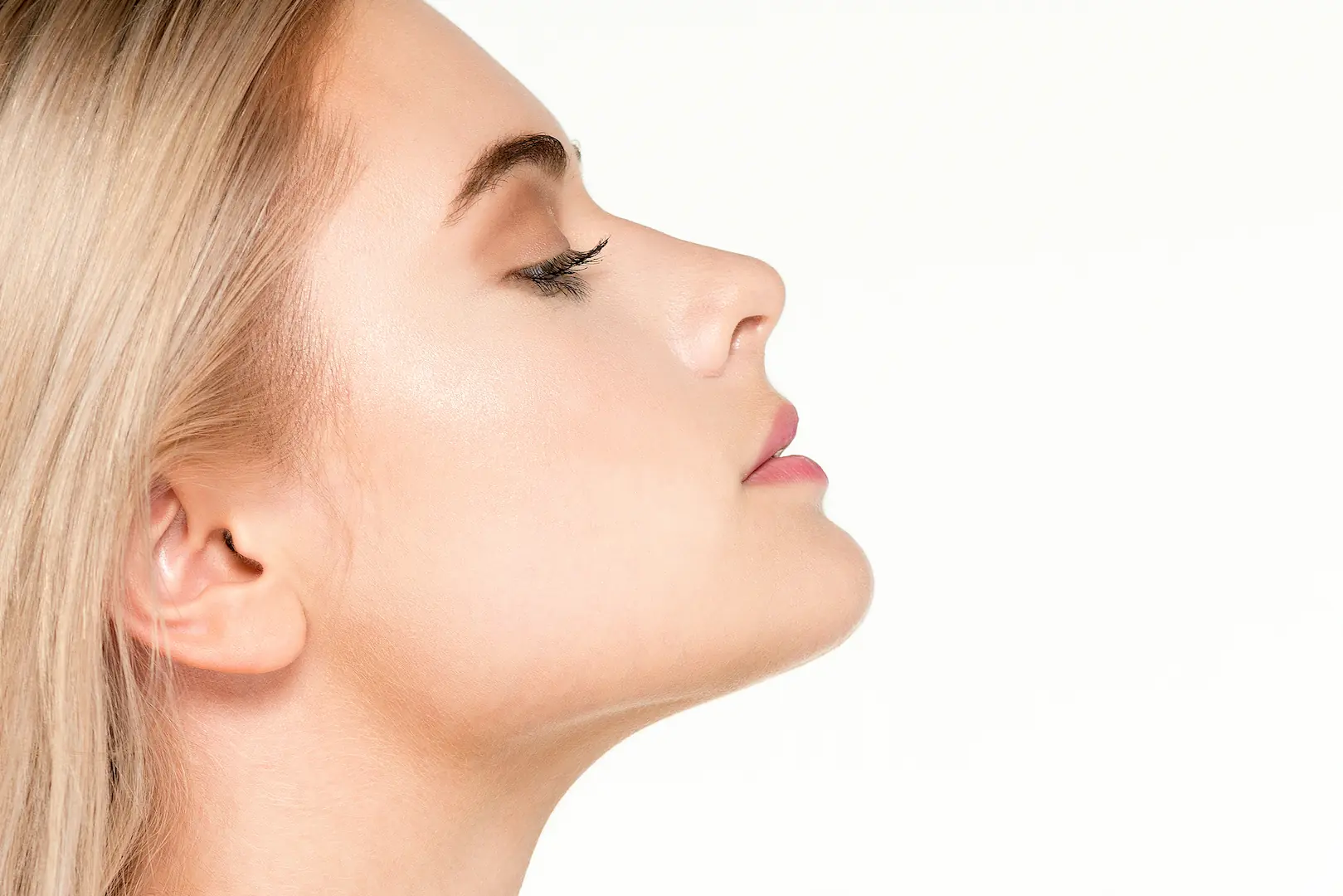
Understanding Nose & Nasal Passage Surgery
Nose and nasal passage surgery encompasses a range of procedures aimed at altering the shape of the nose (rhinoplasty) or improving airflow through the nasal passages (septoplasty), or both. While often performed for aesthetic reasons, these surgeries frequently address underlying structural issues that can impair breathing. The goal is always to achieve a natural-looking result that complements the individual’s facial features while optimizing nasal function, ensuring both beauty and breath.
Conditions Addressed by Nose & Nasal Passage Surgery in Iran
Patients seek nose and nasal passage surgery in Iran for a variety of aesthetic and functional concerns, including:
Aesthetic Concerns
- Disproportionate nose size relative to other facial features (too large or too small)
- Presence of a dorsal hump or bridge irregularities
- Wide or flared nostrils
- A bulbous, drooping, or undefined nasal tip
- Nasal asymmetry or crookedness
- Previous unsatisfactory nose surgery results (revision rhinoplasty)
- Desire to refine specific ethnic nasal characteristics while maintaining overall identity
Functional Concerns
- Chronic difficulty breathing through the nose (nasal obstruction)
- Deviated septum, causing one or both nostrils to be blocked
- Chronic sinus issues or frequent nosebleeds related to structural abnormalities
- Snoring or sleep apnea related to nasal airway obstruction
Types of Nose & Nasal Passage Surgery in Iran (Detailed Overview)
Iranian surgeons are highly proficient in various techniques for nose and nasal passage surgery, offering personalized solutions to meet diverse patient needs and desired outcomes.
Rhinoplasty (Nose Job) in Iran
Rhinoplasty, commonly known as a “nose job,” is a sophisticated surgical procedure that reshapes the nose to enhance its size, shape, and overall proportion relative to other facial features. It addresses aesthetic concerns, creating a more harmonious and balanced facial profile.
Procedure Overview
- Consultation & Planning: Detailed discussion of aesthetic goals, assessment of nasal anatomy, and often 3D imaging for virtual simulation of results.
- Anesthesia: Typically performed under general anesthesia, ensuring patient comfort.
- Incision Techniques:
- Open Rhinoplasty: Involves a small, discreet incision across the columella (the narrow strip of skin between the nostrils). This approach offers the surgeon direct visualization and precise control over nasal structures (bone and cartilage).
- Closed Rhinoplasty: All incisions are made inside the nostrils, leaving no visible external scars. This approach is often favored for less complex cases.
- Reshaping the Nose: Depending on the patient’s goals, the surgeon may remove bone or cartilage, add cartilage grafts (often from the septum, ear, or rib) to augment certain areas, reshape the tip, narrow the nostrils, or adjust the angle between the nose and the upper lip.
- Closure: Skin and soft tissues are redraped over the reshaped framework, and incisions are closed with sutures. An external splint or cast is usually applied to support the new shape.
Indications for Rhinoplasty
Individuals seeking to correct a disproportionate nose size, eliminate a dorsal hump, refine a bulbous or drooping tip, reduce nostril flare, straighten a crooked nose, or achieve overall nasal harmony.
Ethnic Rhinoplasty in Iran
Ethnic rhinoplasty is a specialized sub-type of rhinoplasty that focuses on refining nasal features while preserving the distinct ethnic identity and characteristics of a patient’s face. It acknowledges that beauty standards are diverse and aims for aesthetic improvement without erasing cultural heritage.
Key Considerations
- Preservation of Identity: The surgeon works to create a nose that enhances beauty while respecting and maintaining the patient’s unique ethnic features.
- Addressing Specific Characteristics: Techniques are tailored to common characteristics of different ethnic noses, such as managing thicker skin, addressing wider nasal bridges or tips, or augmenting lower nasal dorsums.
- Emphasis on Naturalness: The goal is a subtle, natural-looking enhancement that blends seamlessly with other facial features.
Indications for Ethnic Rhinoplasty
Individuals from diverse ethnic backgrounds (e.g., Middle Eastern, African, Asian, Hispanic) who desire nasal refinement while ensuring the outcome aligns with their cultural and ancestral aesthetic identity.
Septoplasty in Iran
Septoplasty is a surgical procedure specifically designed to correct a deviated septum—the wall of bone and cartilage that divides the two nostrils. A significantly deviated septum can block airflow, leading to breathing difficulties and other issues.
Procedure Overview
- Anesthesia: Typically performed under local or general anesthesia.
- Incision: An incision is usually made inside the nose to access the septum.
- Straightening the Septum: The surgeon removes or reshapes parts of the bone or cartilage that are misaligned or obstructing the nasal passage. The goal is to straighten the septum and reposition it in the center of the nose.
- Splints/Packing: Soft splints or packing may be placed inside the nostrils temporarily to support the septum during initial healing and prevent scarring.
Indications for Septoplasty
Chronic nasal obstruction leading to breathing difficulties, recurrent sinus infections, frequent nosebleeds, facial pain, or snoring caused by a deviated septum. It is often combined with rhinoplasty (septorhinoplasty) when both aesthetic and functional improvements are desired.
Pre-Procedure Evaluation and Planning in Iran
A meticulous and personalized pre-procedure evaluation is the cornerstone of successful nose and nasal passage surgery in Iran, ensuring both safety and optimal results. This process typically includes:
In-depth Consultation with a Specialist
This crucial step involves a comprehensive discussion of your aesthetic goals and any functional concerns (e.g., breathing difficulties). The surgeon will take a detailed medical history, including any previous nasal surgeries, injuries, allergies, and current medications. This is also where you’ll discuss realistic expectations for the outcome.
Thorough Physical Examination of the Nose and Face
The surgeon will carefully examine your nasal structure, skin quality, cartilage strength, and the overall balance of your face. Internal examination of the nasal passages is vital to assess any functional issues.
Advanced Imaging and Simulation
Standardized digital photographs from various angles are taken. Many leading clinics in Iran utilize advanced 3D imaging technology, allowing for computer simulations of potential post-operative results. This helps patients visualize changes and allows for precise collaborative planning with the surgeon.
Discussion of Techniques and Risks
The surgeon will explain the specific surgical techniques recommended (e.g., open vs. closed rhinoplasty, types of grafts), the recovery process, and potential risks or complications associated with the procedure.
Pre-operative Instructions
You will receive detailed instructions on how to prepare for surgery, including guidelines for medication adjustments (e.g., avoiding blood thinners, certain supplements), smoking cessation (crucial for healing), and fasting instructions.
The Nose & Nasal Passage Surgery Procedure in Iran (General Principles)
While techniques are highly individualized for each patient, the general principles underlying nose and nasal passage surgeries in Iran involve:
Anesthesia
Most nose surgeries, including rhinoplasty and septoplasty, are performed under general anesthesia, ensuring you are completely asleep and comfortable throughout the procedure. In some very minor cases, local anesthesia with sedation might be used.
Precision Surgical Techniques
Whether through external (open) or internal (closed) incisions, the surgeon meticulously reshapes the nasal bones and cartilage. This can involve removing excess tissue, adding grafts (often from your own septum, ear, or rib cartilage), or repositioning structures to achieve the desired aesthetic and functional outcome. For septoplasty, the focus is on meticulously straightening and repositioning the deviated cartilage and bone.
Duration of Procedure
The length of the surgery varies depending on its complexity, but it typically ranges from 1 to 4 hours. Septoplasty alone is often shorter, while complex revision rhinoplasty or septorhinoplasty may take longer.
Immediate Post-Procedure Care
After surgery, an external splint (cast) is usually placed over the bridge of the nose to protect and support its new shape, typically for about one week. Internal splints or soft packing may also be placed inside the nostrils, especially after septoplasty, to stabilize the septum and absorb any drainage.
Post-Operative Care and Recovery in Iran
Diligence in post-operative care is crucial for optimal healing, minimizing complications, and achieving the best possible results after nose and nasal passage surgery:
Pain Management
Mild to moderate discomfort is common. Your surgeon will prescribe appropriate pain relievers to manage any pain.
Swelling and Bruising
Swelling and bruising around the eyes and nose are expected and usually peak within the first few days. Applying cold compresses (as advised by your surgeon) can help reduce this. Most visible bruising resolves within 2-3 weeks, but subtle swelling can linger for months, particularly in the nasal tip.
Nasal Packing/Splint Removal
Internal splints or packing (if used) are typically removed within a few days to a week. The external cast or splint is usually removed around one week post-surgery.
Activity Restrictions
You will be advised to rest with your head elevated, avoid strenuous activities, heavy lifting, and bending over for several weeks. Contact sports should be avoided for several months. Wearing glasses that rest on the bridge of your nose may also be restricted for a period.
Nasal Care
Instructions will be given for gentle nasal cleaning and saline rinses to keep the nasal passages clear and moist. Blowing your nose should be avoided for a few weeks.
Follow-Up Appointments
Regular follow-up visits with your surgeon are essential to monitor healing, remove sutures (if any), and track the progression of your results. Initial results are often visible after the splint is removed, but the final shape can take up to a year or even longer to fully develop as swelling completely subsides.
Nose & Nasal Passage Surgery in Iran: What to Expect
Choosing Iran for nose and nasal passage surgery offers distinct advantages for international patients:
Highly Skilled and Experienced Surgeons
Iranian plastic surgeons are globally recognized for their exceptional skill and artistry in rhinoplasty, often with extensive training and vast experience in complex nasal procedures. They are renowned for their meticulous attention to detail and ability to achieve natural-looking results.
State-of-the-Art Facilities
Iranian clinics and hospitals dedicated to cosmetic surgery are equipped with modern technology, advanced operating theaters, and adhere to high standards of patient care and safety.
Specialization in Ethnic Rhinoplasty
Given Iran’s diverse population and position in a culturally rich region, many surgeons have a deep understanding and specialized expertise in performing ethnic rhinoplasty, ensuring results that respect and enhance individual heritage.
Cost-Effectiveness
The cost of nose and nasal passage surgery in Iran is significantly more affordable compared to equivalent procedures in many Western countries, making world-class aesthetic care accessible without compromising on quality.
Comprehensive Patient Support
Many clinics offer dedicated international patient departments, providing services such as language translation, logistical support for travel and accommodation, and guidance through the entire medical journey, ensuring a comfortable and stress-free experience.
Choosing a Surgeon and Clinic for Nose & Nasal Passage Surgery in Iran
Selecting the right surgeon and clinic is the most critical step in ensuring a successful and satisfying outcome for your nose and nasal passage surgery. Consider the following factors:
Surgeon’s Specialization and Experience
Choose a board-certified plastic surgeon or ENT specialist with a proven track record and extensive experience specifically in rhinoplasty and septoplasty. Review their professional background, training, and number of successful cases.
Portfolio of Before-and-After Photos
Carefully examine the surgeon’s portfolio of before-and-after photos, paying close attention to cases similar to your desired outcome and those from patients with similar nasal structures. This helps assess their aesthetic style and consistency of results.
Patient Testimonials and Reviews
Seek out reviews and testimonials from previous patients, particularly international ones, to gauge their overall experience with the surgeon and clinic, including communication and post-operative care.
Consultation Quality
A thorough and transparent consultation is vital. The surgeon should listen attentively to your goals, provide a clear explanation of the procedure, discuss realistic outcomes and potential risks, and answer all your questions comprehensively.
Accreditation and Facilities
Ensure the clinic or hospital is accredited and maintains high standards of hygiene, safety, and patient care. The quality of the operating theater and recovery facilities is important.
Communication and Support
Verify that the clinic provides excellent communication channels, especially for international patients, offering dedicated coordinators and interpreters to facilitate your journey.
Conclusion
Nose and nasal passage surgery in Iran offers a compelling blend of artistic skill, advanced medical technology, and compassionate patient care. Whether seeking aesthetic refinement through rhinoplasty, functional improvement with septoplasty, or a combination of both, Iranian surgeons provide highly personalized solutions to harmonize facial features and enhance breathing. By choosing a reputable specialist and understanding the journey, patients can embark on a transformative experience, achieving a nose that not only looks beautiful but also contributes to overall well-being and confidence.

